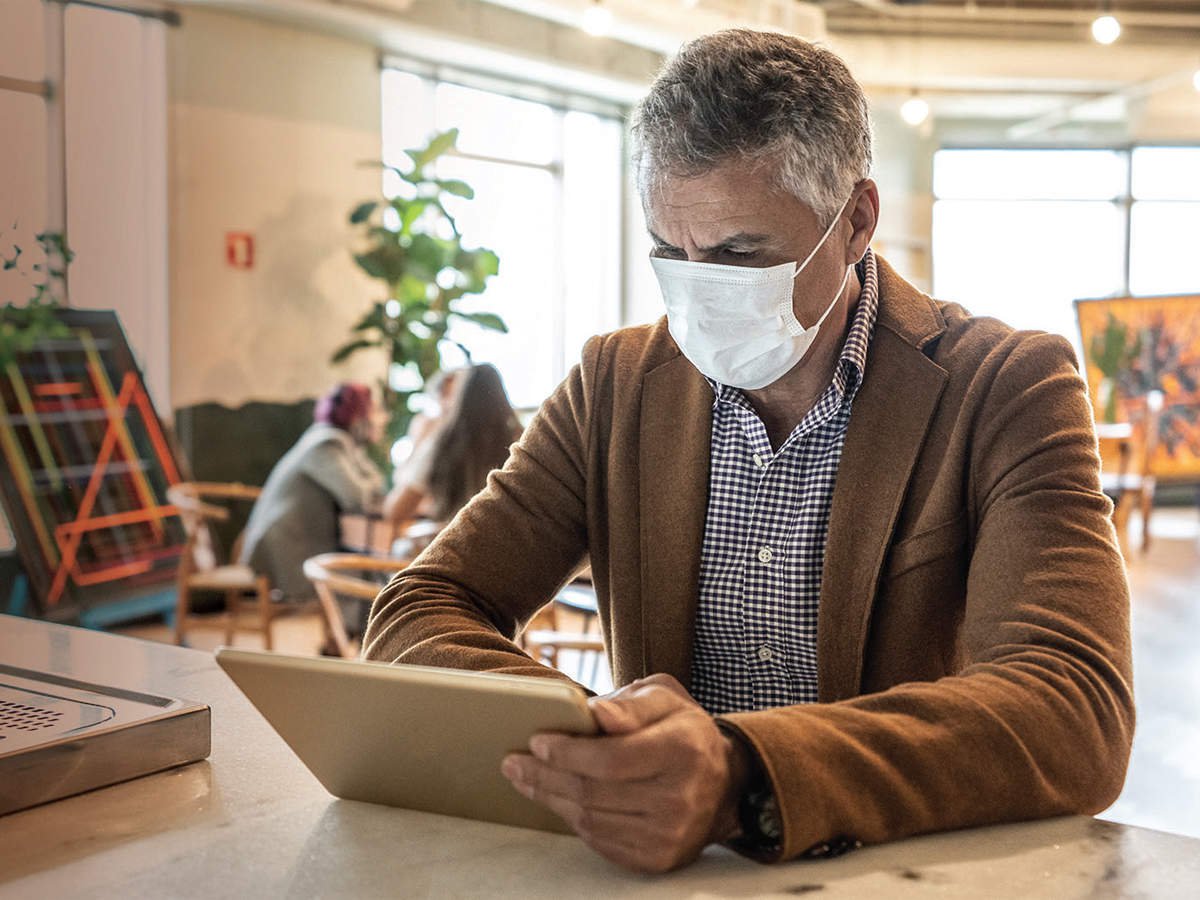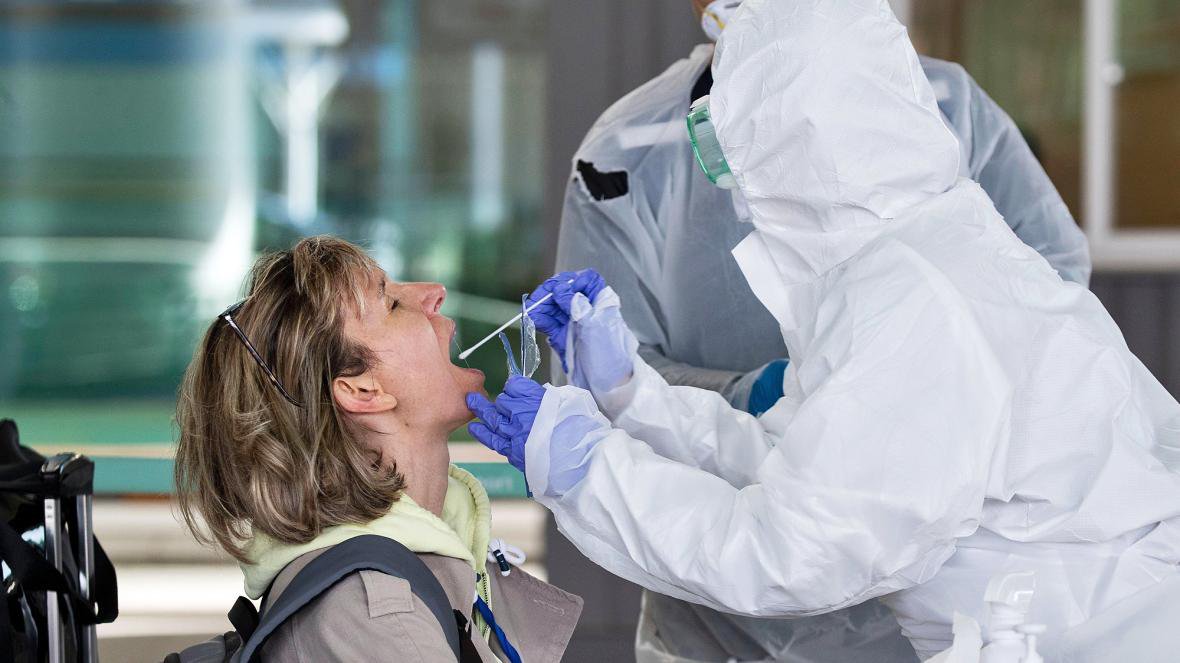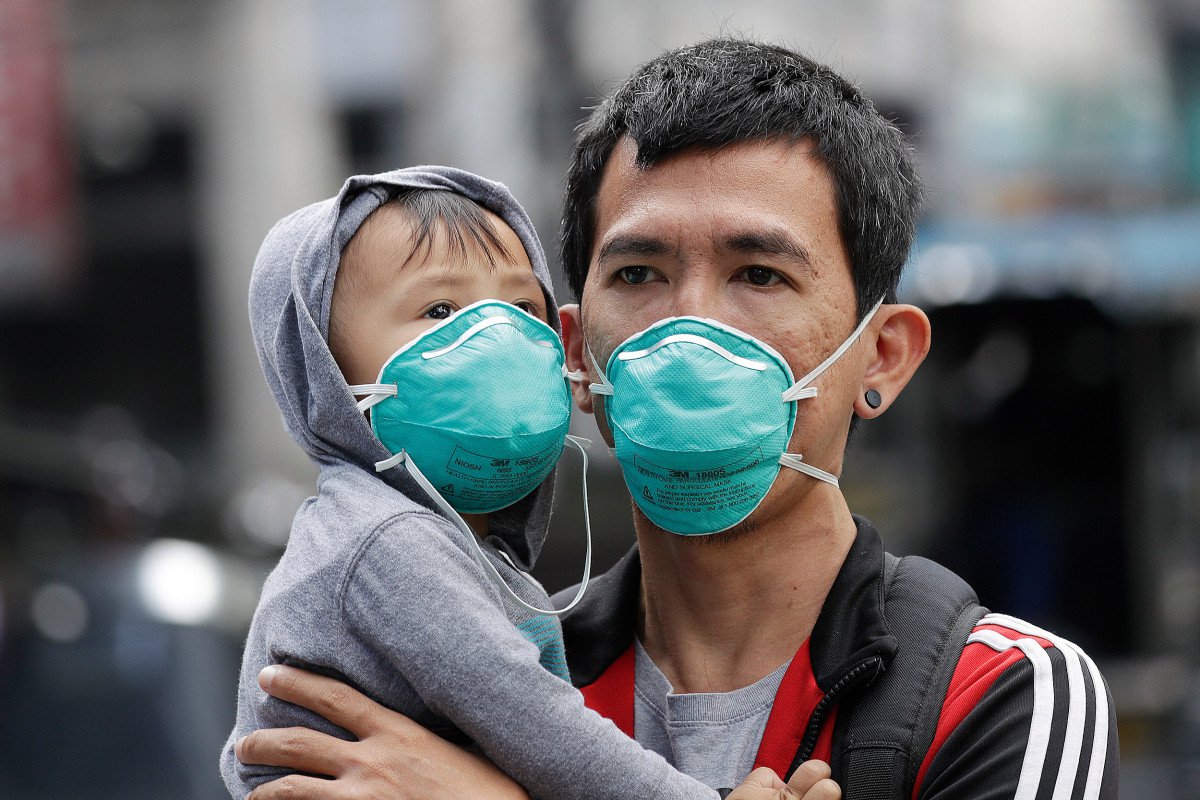As lockdown 3.0 in India provides a space for the ease of certain restrictions, more and more studies are coming up about what the opening of the lockdown would mean and what are things that we need to be aware of.
One such thing is to avoid enclosed public spaces like restaurants and workplaces.

While it is important to stay in ventilated and open spaces, public gatherings are a clear no-no. So are mass living spaces which pose high-risk environments for groups of people living together in enclosed spaces.
As many as 14 studies on Covid-19 transmission patterns across nine countries state that public enclosed spaces like workplaces and restaurants can become super-spreading environments for Covid-19. Schools, however, are not prominent transmission centres as children are unlikely to be the source of any household infection.

The studies tracked index patients and the channels of contagion like, home, public transport, workplaces and religious gatherings in China, Iran, South Korea, Singapore, Iceland, France, Taiwan, Japan and the US.
While some studies found that household contacts account for 10-20 percent of the transmission, 5-10 per cent was traced to transportation, dining and entertainment.

A study in The Lancet cited a case study in Singapore, where a church gathering was responsible for more than half of an index patient’s positive secondary contacts, while another 23 percent of the positive contacts were from a family gathering.
Similarly, in Boston, 147 out of 408 (36 per cent) residents in a homeless shelter tested positive. In China, 57 of 89 (64 per cent) residents of a nursing facility tested positive.

However, the studies also found that schools were not prominent transmission centres, especially for children below 10 years of age. Children were also not found to be the source of household infection for adults.
An Australian study, in medRxiv, also found that children are unlikely to be the source of any household infection, in sharp contrast to the bird flu where 54 percent of transmission clusters identified children as the source of infection. In Iceland, a population screening of thousands of people found that no child under 10 years was positive.

While it doesn’t seem like our lives are ever going to go back to the normal we were living, this pandemic and the crisis that we are currently in might create a new normal of social distancing and public gathering. For good or for bad, we are yet to experience.
Source: Indian Express

















